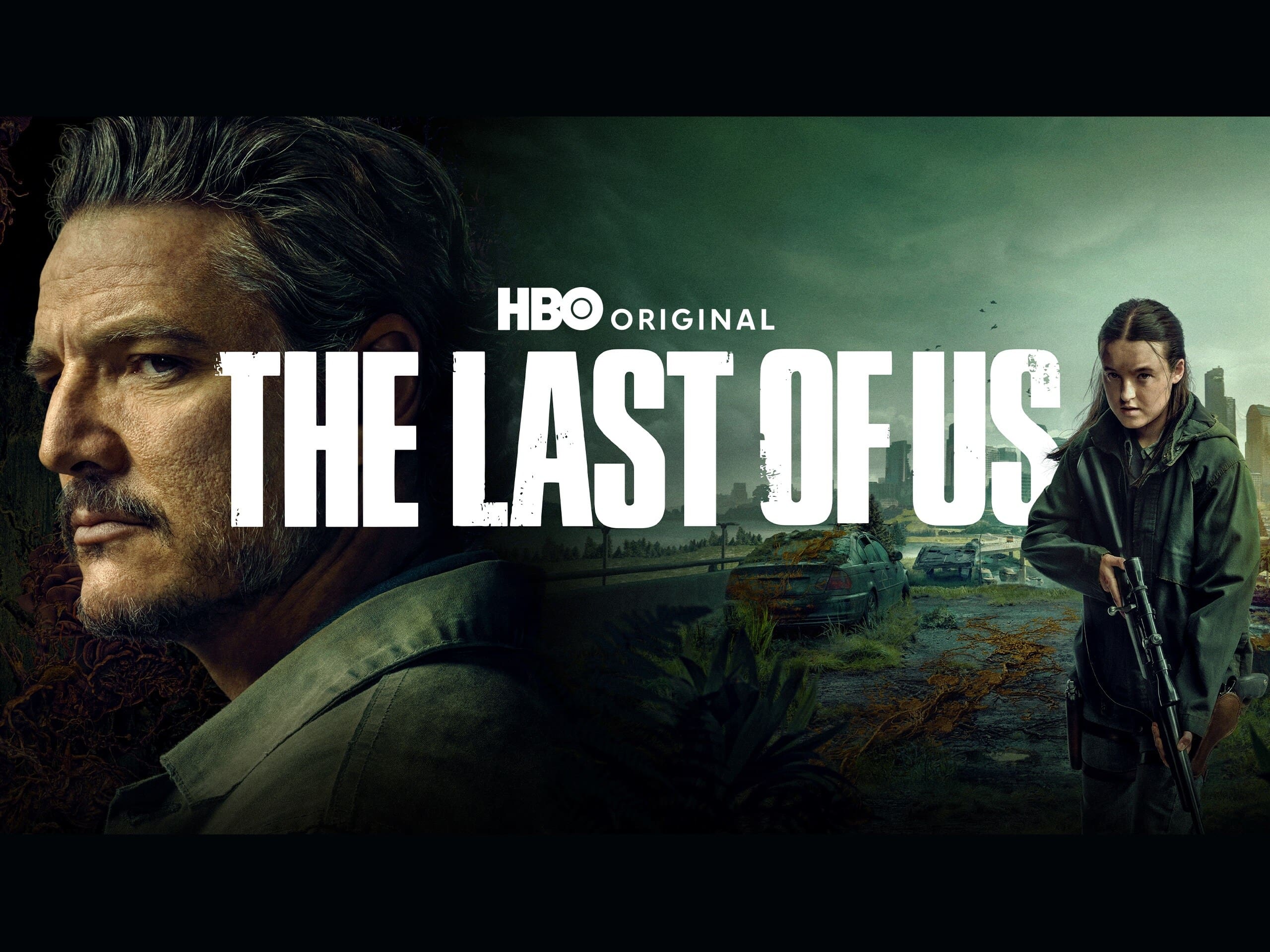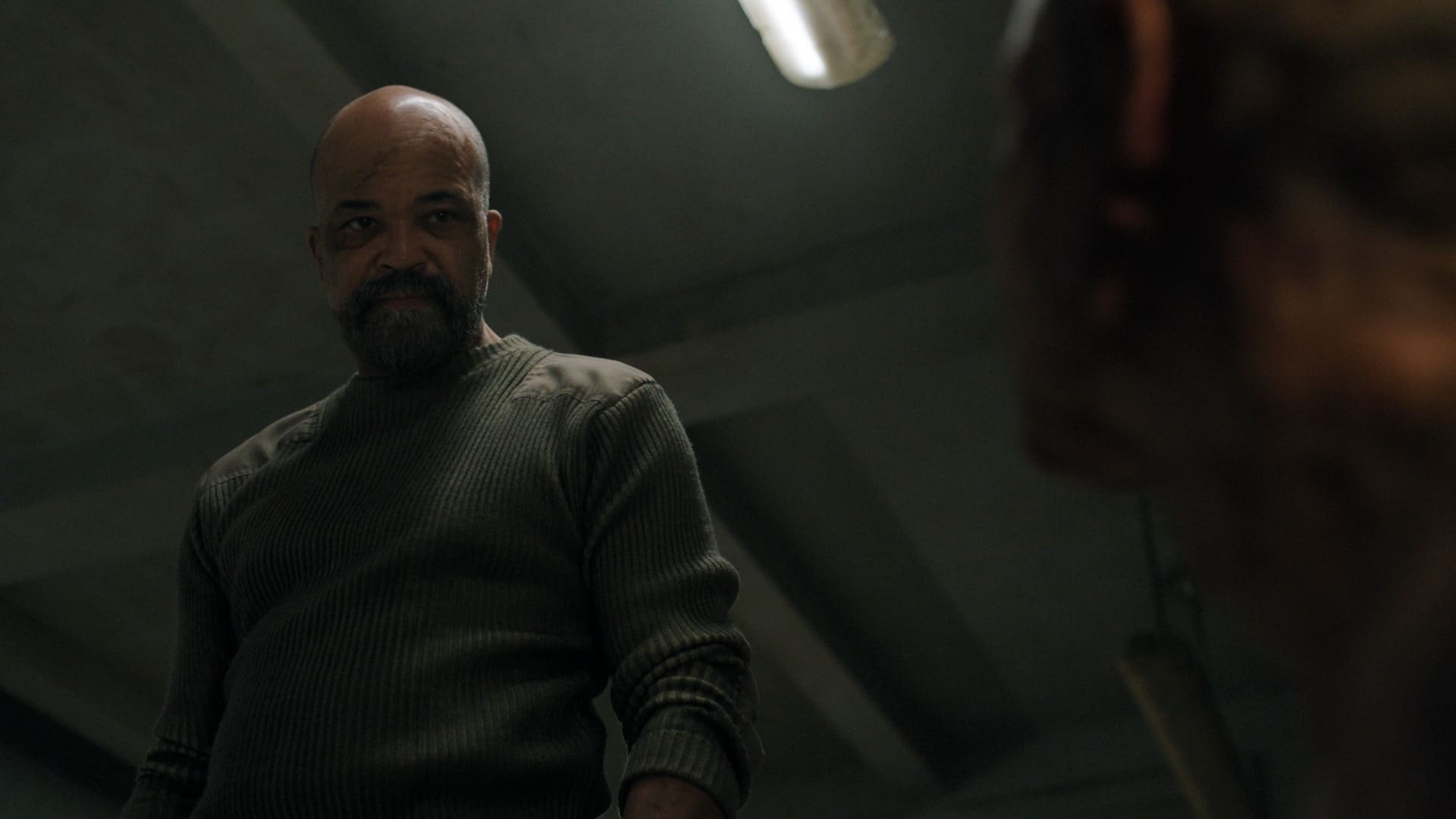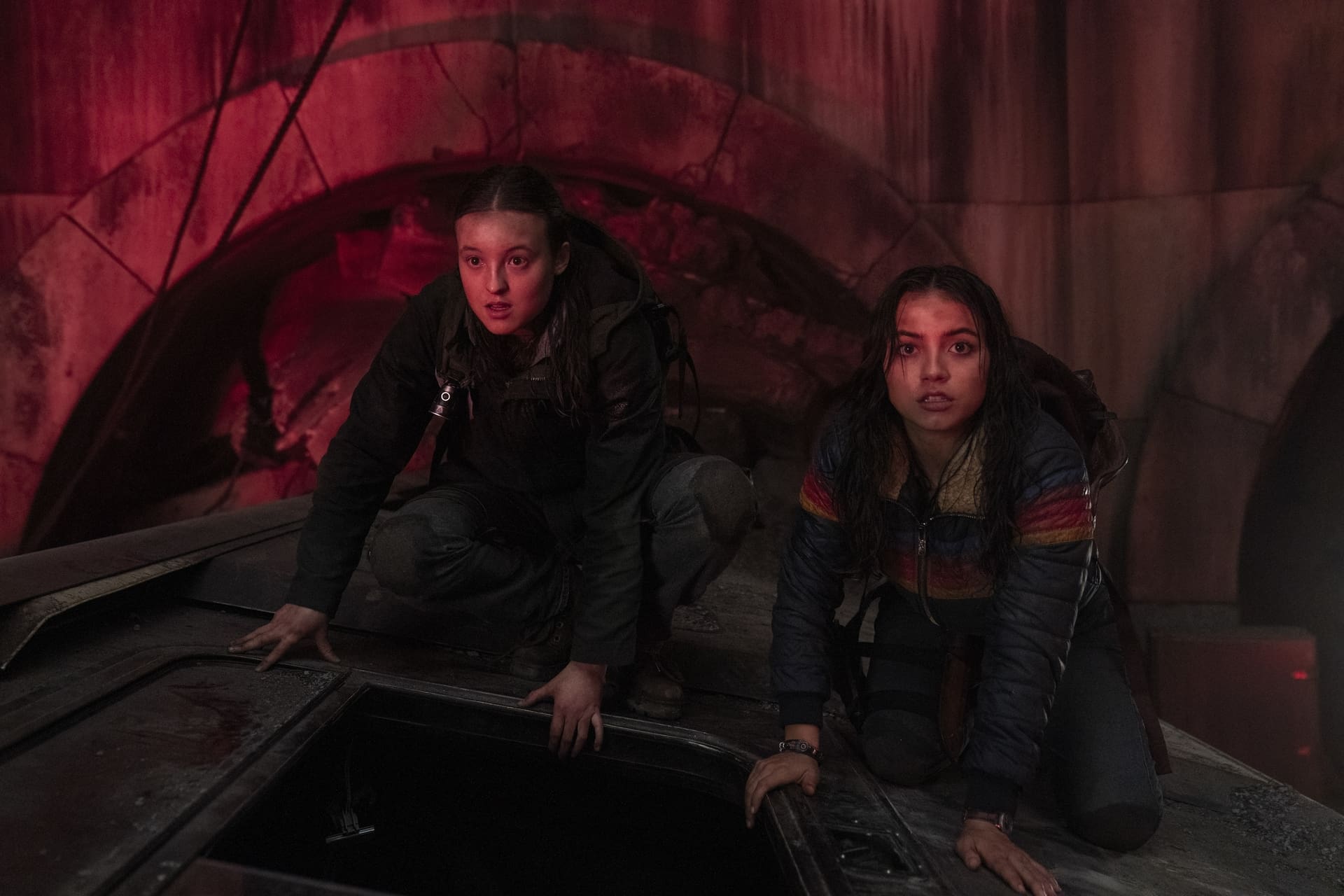
The Seattle section of The Last Of Us Part II takes place over three days, each given their own little title card: Day One, Day Two, Day Three. Season two’s fourth episode, the first to take place in Seattle, doesn’t just have this little title card: it’s also the title of the episode. More than this, it doesn’t just show us day one of Ellie and Dina’s journey to Seattle. Its opening scene shows us the first day of the Seattle they’ll come to know. It shows us Day One of Isaac (Jeffrey Wright, reprising his role from the game), the leader of the WLF, or “Wolves.”
Most signs of civilization in The Last Of Us are positive representations like Jackson, reprieves from the terrors of the world that give us a sign that we might be okay. Not so with Day One of Isaac. Despite taking place 15 years after the world went to hell, there’s a familiarity to this opening scene. A group of FEDRA are donning SWAT uniforms, with one (Josh Peck, Drake & Josh) telling a story about fellow Fedra Greenberg brutalizing civilians. “Voters,” as the fascists unaffectionately call them. Greenberg is treated as distinct by the FEDRA, but only in the sense that he’s a particularly aggressive coworker. Like your pal that swears a little too much, except Greenberg busts a few too many skulls. The storyteller doesn’t engage in the violence himself, he just laughs at Greenberg. Another FEDRA officer, Burton (Ben Ahlers, The Gilded Age), asks the storyteller why civilians are called “voters.” The storyteller dismisses the question, saying “cause that’s what we fuckin call ‘em,” but Isaac takes the time to answer him.
“Cause we took away their rights. Took away their right to vote, and somebody started calling them voters to mock them. So now you know.” The storyteller tries to defend himself, saying “I didn’t mean anything by it, Sergeant.” This doesn’t save him, or his fellow Greenbergs, when Isaac chucks two grenades in their vehicle and locks the door. The only one that’s saved is Burton, and even he’s not saved in that superhero sense. He’s a dumbass FEDRA kid, but he can still count, and the “voters” that emerged from the remains of a suburban town greatly outnumber him. To add onto all this, they’re all led by Isaac. His rise as a FEDRA sergeant necessitated cruelty, and it’s this cruelty that allowed him to turn on FEDRA. No struggle, no conflict, and no issue with the screams inside the locked truck. “Now make your choice.”

The Last Of Us has shown that terrifying, militaristic societies can function, and whether or not Seattle is unique among these militaristic societies almost feels beside the point. It’s like asking if the heart beating in your chest is unique among other human hearts. Even if your heart is perfectly ordinary, it’s still your heart, pumping your blood, so you may live your life, and if your heart is stabbed with a knife, your life is over, regardless of whether or not your murderer has a heart functionally similar to yours — it wouldn’t save you. Isaac is, at once, the heart of Seattle, and the knife that stabs it. He’s both chisel and granite, creator and creation in this world that’s permeated by death and destruction. He doesn’t personally aim every gun that a Wolf wields, but he comfortably decrees where they aim: any Seraphite/Scar they come across. (Seraphites call themselves just that, whereas Wolves call them “Scars” as a pejorative). In the game, Isaac orders the Wolves to shoot not just any Seraphite, Scar, whatever you want to call them, but any “trespasser” that enters Seattle. Whether or not this order will cross over into the show remains to be seen, but the perpetually vigilant, murderous state the Wolves reside in is still his doing, and it’s what easily puts Ellie and Dina in their crosshairs.
A tense set piece evolves from Ellie and Dina hiding out from the Wolves in a TV station, to a horde of infected surrounding them in an abandoned subway car. There are images and environments that call back to the game, such as Wolf corpses strung up by Seraphites, to flares illuminating the abandoned subway. The gameplay in these sequences is not distinct, but the tension is, and it adds a little flavor while helping the story evolve. Ellie and Dina didn’t kill these disemboweled Wolves, but the living Wolves think they did, and our heroes don’t have a shot at a peaceful conversation. This core tension is translated into the show, and it’s heightened because Dina is no longer an NPC.
Barring brief and rare gameplay bits where an enemy grabs Dina’s and you have to run and knock whatever enemy has her confined, you don’t really have to worry about your companions in the gameplay, or even if an enemy sees them. This is, obviously, not so in the show. Director Kate Herron and writer Craig Mazin know that the Wolves have no gameplay blinders here, so where Dina is (and isn’t) on screen actually matters. A particularly effective moment involves Dina hiding under a desk, a Wolf nearing, while Ellie has another Wolf in a grip one flight above. When another Wolf has Ellie in his crosshairs, and she uses the one in her grip as a human shield, how exactly Ellie will get out of this is uncertain. That is, until we hear a gunshot. This gunshot came from Dina, killing the Wolf taking aim at Ellie, freeing Ellie to dispose of the one in her grip. Dina used the time offscreen, where she appeared in danger, to get the upper hand, but this brief reprieve from that particular situation is short lived, because now the group as a whole know where Ellie and Dina are.

A remarkable image comes when they’re hiding out in an abandoned subway. In both the game and show, the Wolves use flares to illuminate the subway. It’s a gorgeously grimy environment, similarly Hell-ish to Jackson in the immediate aftermath of the attack, but in the game, these flares are lit and placed the second you enter the environment. In the show, their individual placement is used as a source of tension. As Ellie and Dina hide out, they see a flare thrown, then another, then another, closer, and closer, not just to Ellie and Dina, but an unseen tendril that will bring hundreds of infected running, and you better believe they do. Despite the Wolves being horribly dispatched, this ball started rolling on their account. This adds an almost nihilistic twist, a spiral to how intertwined the threats are in the world. Ellie and Dina find no relief that the Wolves brought about the infected, that the Wolves brought about their own deaths, when those very infected surround the two of them by the hundreds.
This spiral of death puts our heroes in a situation where Ellie is given a choice. Like Burton with Isaac, it’s not much of a choice. She has to show a side of herself to Dina she’s never shown her, or die trying. The domino effect started with the Wolves trying to kill them, and now ends with Dina’s gun aimed at Ellie. This makes Dina a contrast to Isaac. Dina can defend herself. She can shoot a Wolf. Maybe she could, like Isaac, meagerly chuck a grenade into a truck of Greenbergs like she was tossing some litter in the recycling, but Isaac’s worldview proudly defects anything resembling compassion. Ellie and Dina have had a will-they-won’t-they thing going for a while. If there was ever a time that Isaac had to aim a gun at an actual friend, or even a lover, it’s safe to assume this was decades ago, and what’s theoretical for Isaac is a current reality for Dina. “Will-they-won’t-they” has escalated to “will-she-or-won’t-she-shoot?”
Even if Dina didn’t have romantic feelings for Ellie, she’d still be horrified at the prospect of shooting a friend, but what happens if they come out the other side? This seems to be why Kate Herron, a queer filmmaker, directed “Day One.” Far from the pleasant but meager wink-nudge that defined Loki coming out, the manner in which “Day One” deals with their romantic tension is visceral, joyous, and alive. It’s a world of mourning, intimacy, and Dad jokes.
The bleak violence that pumps through the heart of Seattle is not unique, just uniquely refined. The guns it decrees take aim are not the first, nor will they be the last, to take aim at Ellie or Dina. But if, between the bullets, between the bloodthirsty fungal fuckers, Ellie can make a dopey lesbian Dad joke that makes Dina smile, maybe there’s something outside those bullets, those fungal fuckers. Maybe they can lead a life where Day One of Isaac is nothing but a far off memory.

